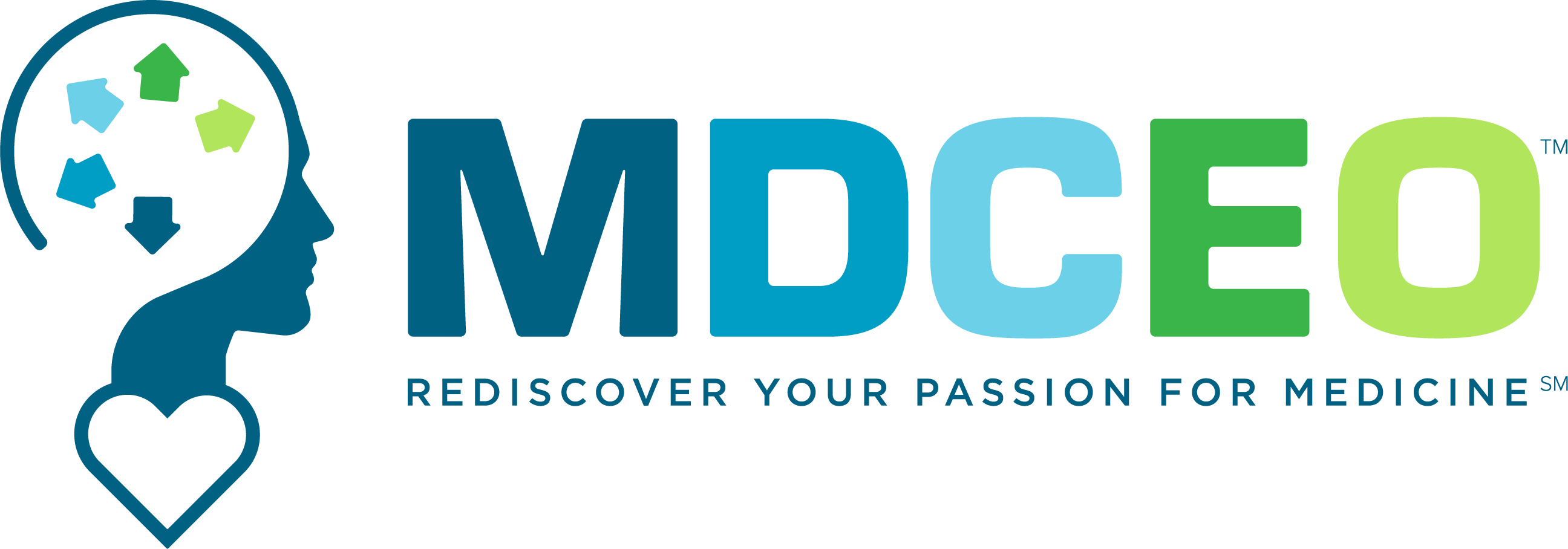April 15, 2024: How to Activate and Engage High Risk Patients
Moving from Fee for Service to Prospective Payment in Primary Care: Advanced Primary Care: The Future of Primary Care – Part 7
Sponsored by WWW.THEMDCEO.COM
We can put patients into these buckets based on their risk nd cost but then the question is how do we activate and engage these people. What’s the best way to do that? This is where primary care has its strength which is about relationship and the more our teams understand that building relationship with these patients, especially those that are high risk across those quadrants, is really a key part of what they need to do. It’s not just seeing them, not just getting them through the clinic experience, it’s actually engaging with them and getting them to buy into the fact that they are the agents of change and we’re there to help facilitate.
It’s the high-risk patients that we need to affect, especially those in the high risk- low cost quadrant who are the people that have not yet become costly. That’s where we have the biggest potential impact. We can prevent them from moving into the high-cost category, by preventing bad outcomes. Let’s figure out how we activate these people, how do we build their trust, how do we use trust as a currency of engagement and behavior change. That’s a key piece of where we want to go with Advanced Primary Care.
A practice needs to develop strategies for High Risk and Rising Risk patients, patients who are primary care homeless, those using Urgi-care, the ER and inpatient care at high levels. There is also need to develop “Pathways of Care” for the patients who need sub-specialty and special care. This involves developing working relationships with the best service providers, especially for the areas where a significant number of referrals are likely over time.
The key tools we need to develop and use involve leveraging technology so that we can have a high impact focus. There is a need for dashboards that effectively organize and track this data. In a prospective payment model this is where a primary care practice can succeed at high levels. Without the data organized in an efficient manner this work becomes overwhelming.
We need to leverage all this data and information we’re gathering with technology because we need to have an effective engagement with people to help them overcome their specific problems. How you activate and engage as you make it about them and you meet them where they are in their health literacy and their knowledge and understanding, then you guide them to the next step and they see significant benefit from their relationship with you and the practice. It’s all about building trust.
We have a large pool of data that feeds the patient’s absolute risk, the care quality they’re receiving and their use of the health care system. Their Flare score that’s very much about helping build their literacy and engagement. It’s going to be very relevant. It’s not like we’re trying to boil the ocean and educate everybody about everything all the time. We are able to take the data and information and turn it into a conversation that is very apropos and succinct with that individual so that we can move through the continuum of care. This is what builds trust, and it builds high value care.
This data needs to be available to each team member via their EMR. At Jamaica Hospital where Epic is their EMR, the data about a patient is integrated into the Epic Story Board. The front office members use the data to understand a patient’s risk when they call asking for an appointment. The clinicians need the data to be able to engage with the patient in a comprehensive way. The patient’s chief complaint on a given day needs to be understood with an eye to the complexity of their overall health needs. The sub-specialty physicians can use the data to help them understand the patient’s overall health issues in an efficient way.
Perhaps the most important use of the data involves identifying which patients need to be reached out to in a proactive way. Communicating with these patients, inviting them to engage, sharing information related to their health needs and problems tells the patient that the practice wants to work with them and build a relationship.
Scott Conard, MD Michael Tuggy, MD Susan Lindstrom Laurence Bauer, MSW, MEd
scott@scottconard.com MTuggy@converginghealth.com slindstrom@mypha.com Laurence.bauer@gmail.com
